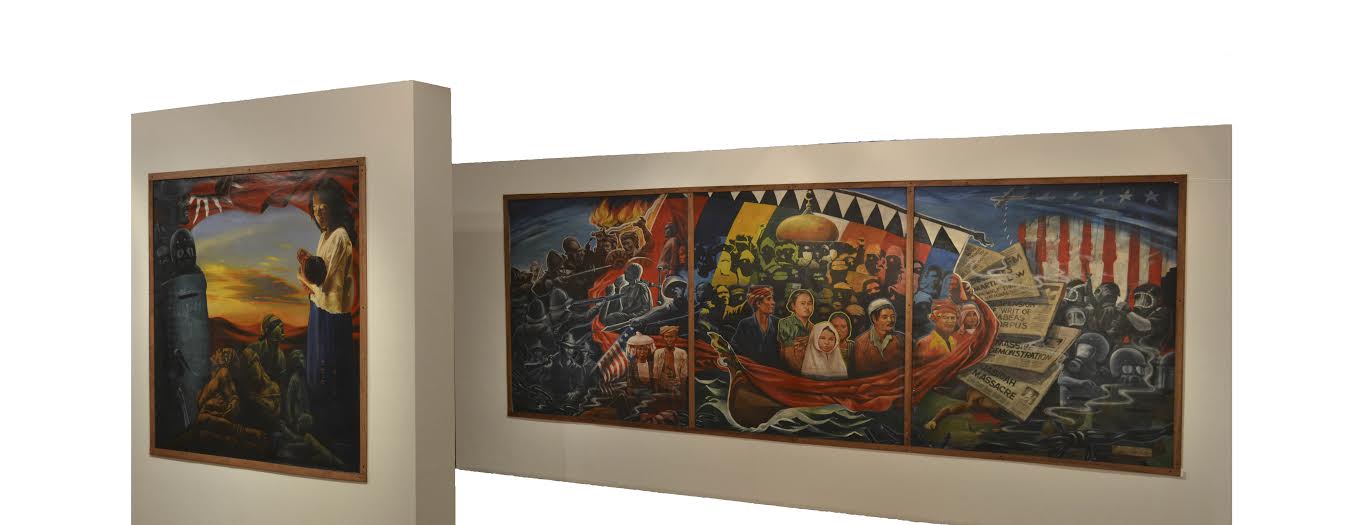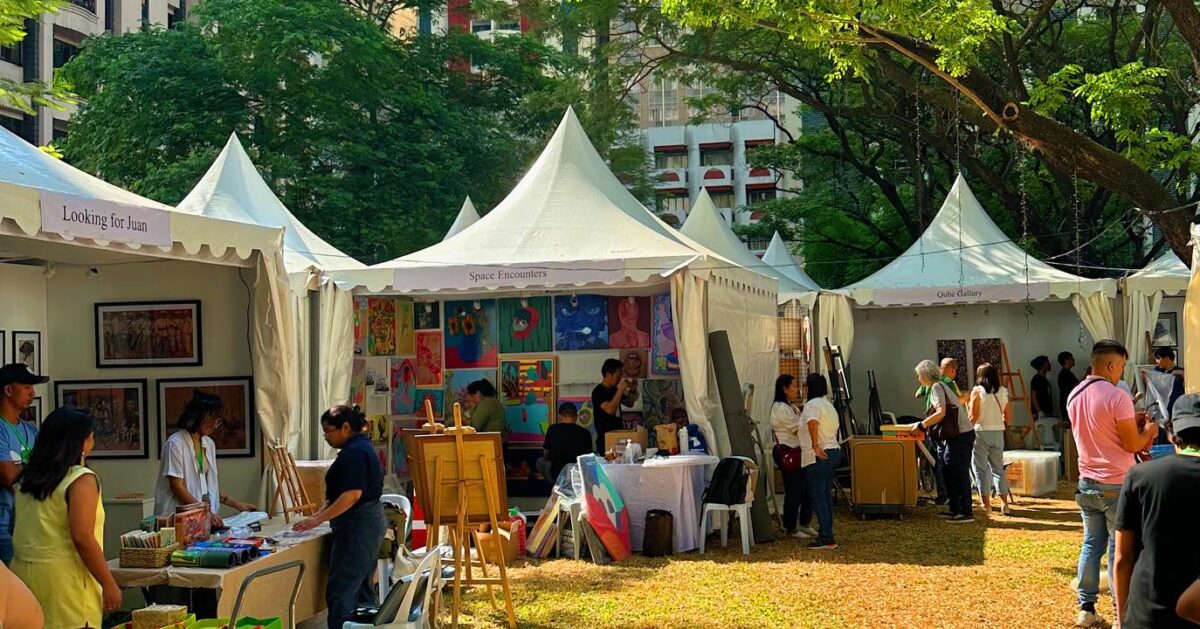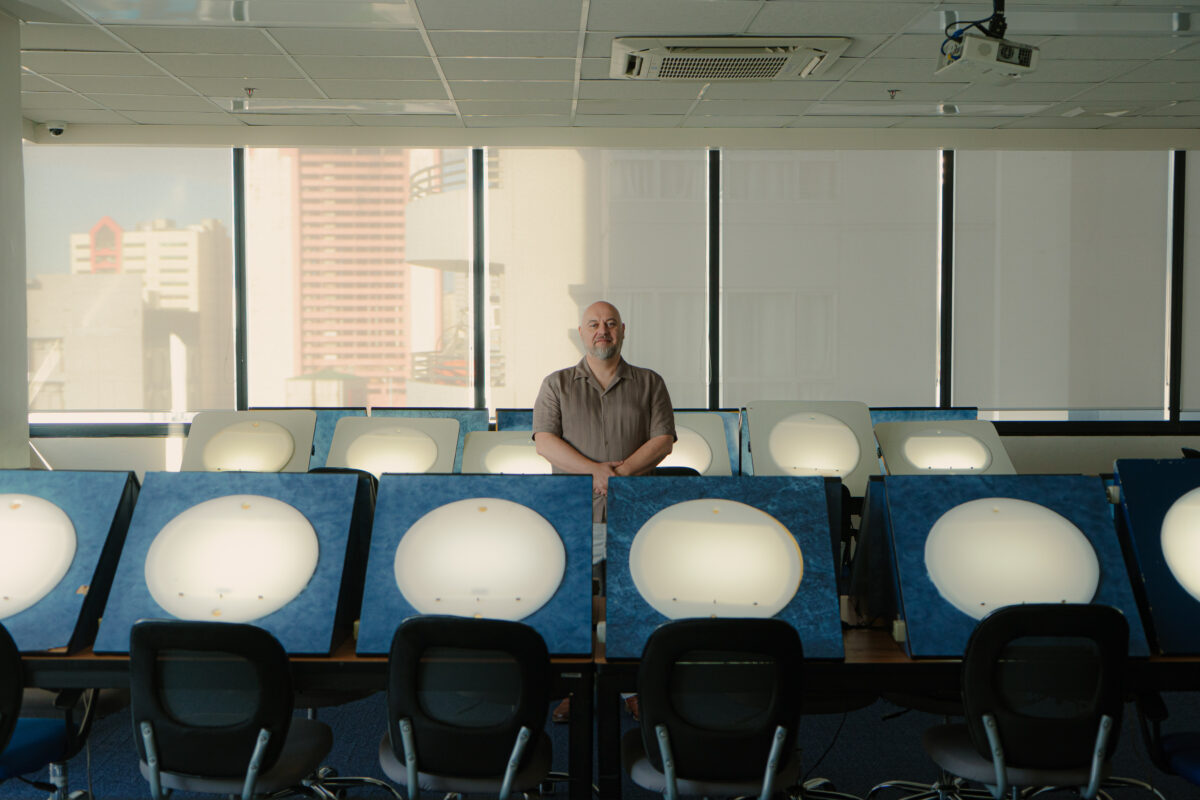
MEMORY is the fiber of history. As a 20-something-year-old who did not live through martial law, I may have nothing to remember from those dark years, some will say and in a sense they are correct. But that does not mean I will simply turn a blind eye and forget.
I’ve experienced martial rule through the stories of others; I have heard the voices of those who were silenced then as well as those who have much to tell until now. The stories are of abuse, injustice and unimaginable corruption. There are accounts of torture and degradation.
There are stories that reveal how the country, for some time, became a nation of small voices. And there are stories, too, of loss, of death, murder and inconsolable grief.
I know someone who was detained ostensibly for questioning, only to come home with a broken leg—clearly from a fresh beating. He was a college student then and was considered one of the lucky ones because he got home and survived. Now, generations will know what happened to him. They will know who did that to him and why it was done. He will never forget. They will never forget.
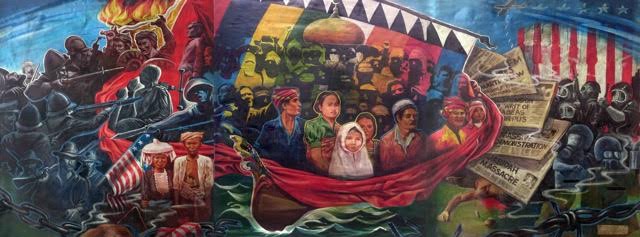
Year in and year out, a number of institutions and agencies produce publications and retrospective events that allow audiences to ruminate on the Marcos dictatorship. “Ruminate” means to reflect deeply on, but in the animal kingdom, there are creatures called “ruminants” and yes, they too, ruminate. But in their world, to ruminate means to “bring up and chew again what has already been chewed and swallowed.”
These commemorative occasions and materials allow audiences to do just that; to redigest martial law for what it was in the Philippines in the ’70s and what it still is today—to chew the cud, so to speak, 44 years after Ferdinand Marcos declared martial rule. They provide both sight and insight to those who did not see for themselves the atrocities that afflicted the country at that time. They explain why people who experienced it cry out: “Never again.”

‘Sound of Silence’
This year, the National Commission for Culture and the Arts (NCCA) Gallery is mounting “Sound of Silence: Remembering Martial Law,” a one-man exhibit of Edgar “Egai” Talusan Fernandez, which opened Sept. 8.
Fernandez, an activist and a leading advocate of sociopolitical art in the ’70s, is known for his social realism.
“The fact that Fernandez always goes back to the rhetoric of who or what his art should serve echoes the need to remind himself and those present during the time of martial law that such horrors should never happen again,” reads the curatorial note of “Sound of Silence.”
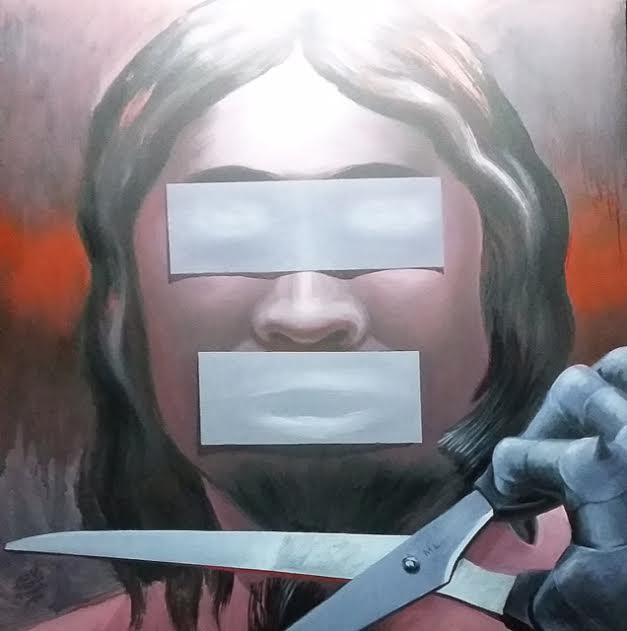
According to organizers, “Fernandez renders new images of situations common during martial rule because these same scenes are still part and parcel of current social issues that plague the nation.”
Among those featured in “Sound of Silence” are Fernandez’s on-paper works.
Much like most of Fernandez’s social realist obras, “Round Up” paints a literal scene. It shows civilians on their knees, their heads kept down by their hands, which have been fearfully placed just right above their napes. Towering over them are men in uniform armed with assault rifles. In the background, a river leads to the unknown.
“Letters from Prison,” meanwhile, is a sketch of a detainee. The prisoner, a woman, has in her possession sheets of paper. Above her is an origami crane seemingly making its way out of her cell, flying past its metal bars.
Fashioned in the editorial cartoon style, “1081” is Fernandez’s take on the infamous proclamation of the dictator, who some believe up to this day to have been a war hero despite strong evidence he faked his war exploits and medals.
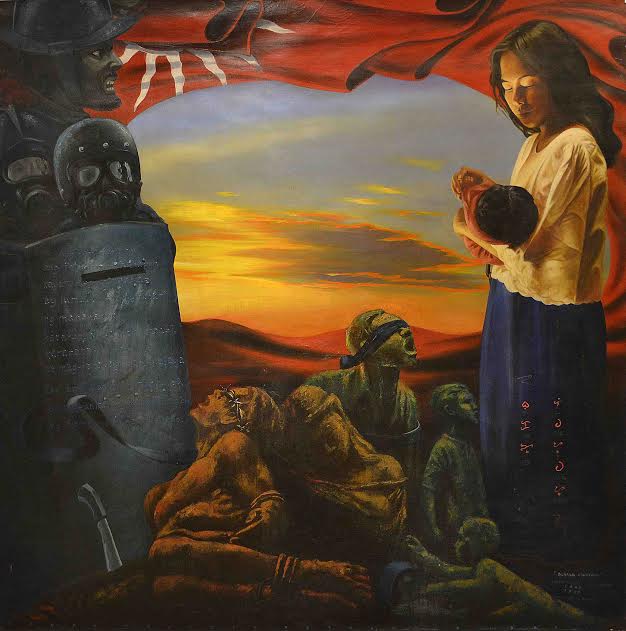
Detention, disappearances
Also featured in the exhibit is the installation “Writings on the Wall.”
A sliver of corridor behind one panel is flanked by black drapes. Inside the isolated space, fluorescent images are made visible by black lighting. Seen in the middle of one wall is a Pieta-like drawing with tally marks surrounding the central image, which can be viewed from a bench propped against the opposite wall. It is much like a dark room in that the process of developing photographs rightly alludes to the process of drumming the horrors of martial law in permanent memory.
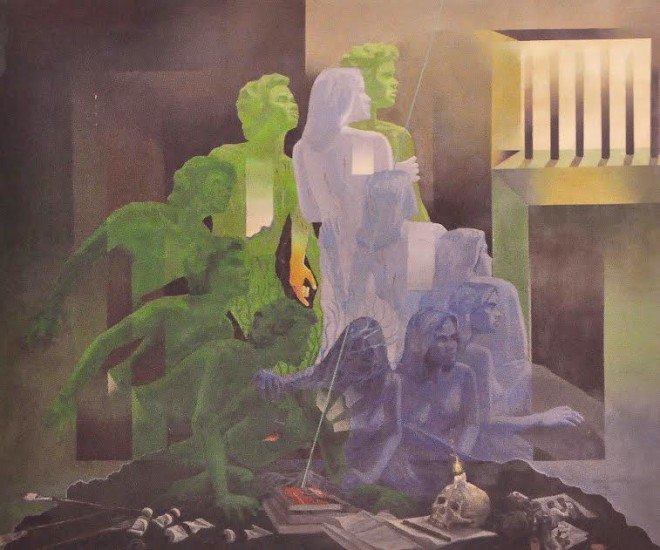
Viewers facing each tally mark may empathize with the political prisoners, joining them as they count their days of incarceration and feeling their lives drift away with each line they draw. Ultimately, it is hoped that audiences will always bear in mind the gross number of political disappearances and deaths during the dictatorship.
The installation that may seem literal to some actually enhances the aim of the exhibit: that the wool be removed from the eyes of Filipinos; that they literally be enlightened about that dark period in Philippine history.
“The idea of forgetting is fearful but the distortion of history is even more abhorrent,” organizers said.
And to drive home the point of the exhibition, the NCCA Gallery in its curatorial note further asks audiences: “Yet with the annual remembrances [of martial law], have they actually been effective warnings? The increasing number of millennials in social media choosing to exalt figures behind martial law while remaining practically ignorant of what actually transpired during the period of martial rule is telling. Has it all been one big case of message ‘not delivered’ or has this period in Philippine history been seenzoned?”
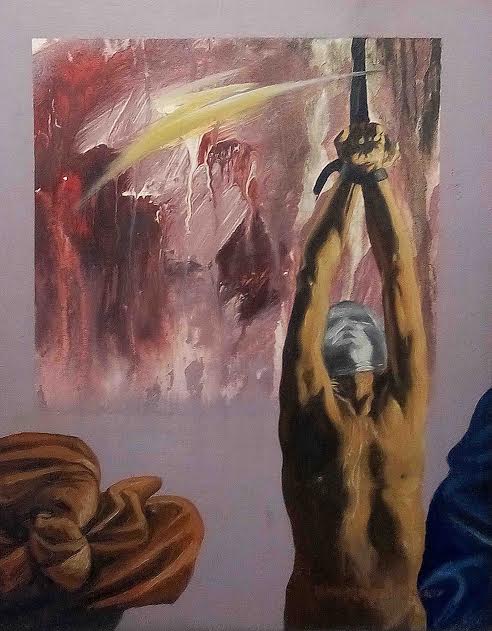
“Sound of Silence: Remembering Martial Law” is on view at NCCA Gallery until Sept. 30. Call 5272192; e-mail [email protected].

